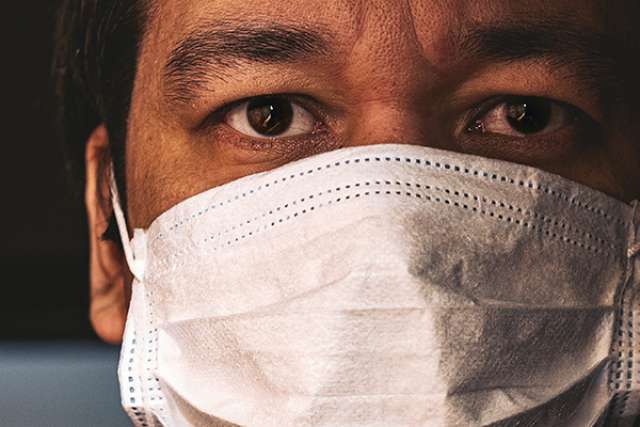According to a new UCLA report, COVID-19 death rates for Californians from Native Hawaiian, Pacific Islander and Asian ethnic groups varied widely in 2020.
But those variations were not readily apparent to the public because federal and state reports generally present COVID-19 data for all of those groups as a whole, rather than for each of the subgroups individually.
The study, by the UCLA Center for Health Policy Research, suggests that breaking out the data for each of the racial and ethnic groups analyzed by the authors would enable public health officials and policymakers to identify the hardest-hit communities and more effectively deploy appropriate outreach and resources, such as vaccinations, testing and treatment.
"Public-facing data systems benefit from having disaggregated data," said Ninez Ponce, the fact sheet's lead author of and director of the center. "With clearer information about their communities, policymakers and public health organizations can not only identify the needs of overlooked, at-risk groups, but also can better distribute resources to give those groups a better chance to recover from this health emergency."
California is home to more Native Hawaiians and more U.S. residents of Pacific Islander descent than any other U.S. state other than Hawaii. It is also home to more Asians than any other U.S. state.
Using data from the California Department of Public Health and the nationwide American Community Survey, the researchers found that mortality rates for various subgroups of Native Hawaiians and Pacific Islanders as well as individuals of Asian descent varied widely when compared with California's overall mortality rate of 84 per 100,000 — as well as versus aggregate rates for all ethnic subgroups combined. For all Californians of Native Hawaiian and Pacific Islander descent, the figure was 123 deaths per 100,000; for individuals of Asian descent, the figure was 74 per 100,000.
Among Native Hawaiians and Pacific Islanders:
- Individuals of Samoan descent had the highest death rate of all Native Hawaiian and Pacific Islander subgroups at 182 deaths per 100,000, more than double the average for California.
- The death rate among people of Tongan descent was 124 per 100,000.
- Among those with Chamorro or Guamanian descent, it was 107 per 100,000.
For Asian American groups:
- Californians of Japanese descent had the highest death rate at 119 per 100,000, more than 1.5 times the aggregate rate for all individuals of Asian descent.
- Among individuals of Cambodian descent, the death rate was 114 per 100,000.
- Among those of Filipino descent, it was 107 per 100,000.
- The lowest death rates were among residents of Taiwanese descent (41 per 100,000) and of Indian descent (24 per 100,000).
"Parsing the data sheds light on the real-life and devastating impact of COVID-19 among Asian Americans and the Native Hawaiian and Pacific Islander communities, which at this point has only gained traction in the media and among special interest groups," said Riti Shimkhada, a co-author of the study and senior research scientist at the center.
"Too often we've seen that aggregate data is masking what's really going on, and we saw that combining data for all of these subgroups into a single racial and ethnic category substantially underestimates the rates for many Native Hawaiians and Pacific Islanders and people of Asian descent."
Alisi Tulua, co-author of the study and project director at the center's Native Hawaiian and Pacific Islander Data Policy Lab, said the report highlights an issue that could be addressed across the U.S. The challenge created by grouping various ethnic subgroups' data together is not just isolated to California.
"Looking at data for some other states, we saw that case rates for Native Hawaiians and Pacific Islanders are five or six times higher than they are for the white population," she said. "That reflects the striking disparity in states' responses to COVID-19 and in the aid that was provided to those communities."
Tulua, who is of Tongan descent, said the research hits home for her. "I've seen the pandemic's toll firsthand, and having data on all of the racial and ethnic subgroups is a crucial step to identifying and accessing much-needed health and social support."



